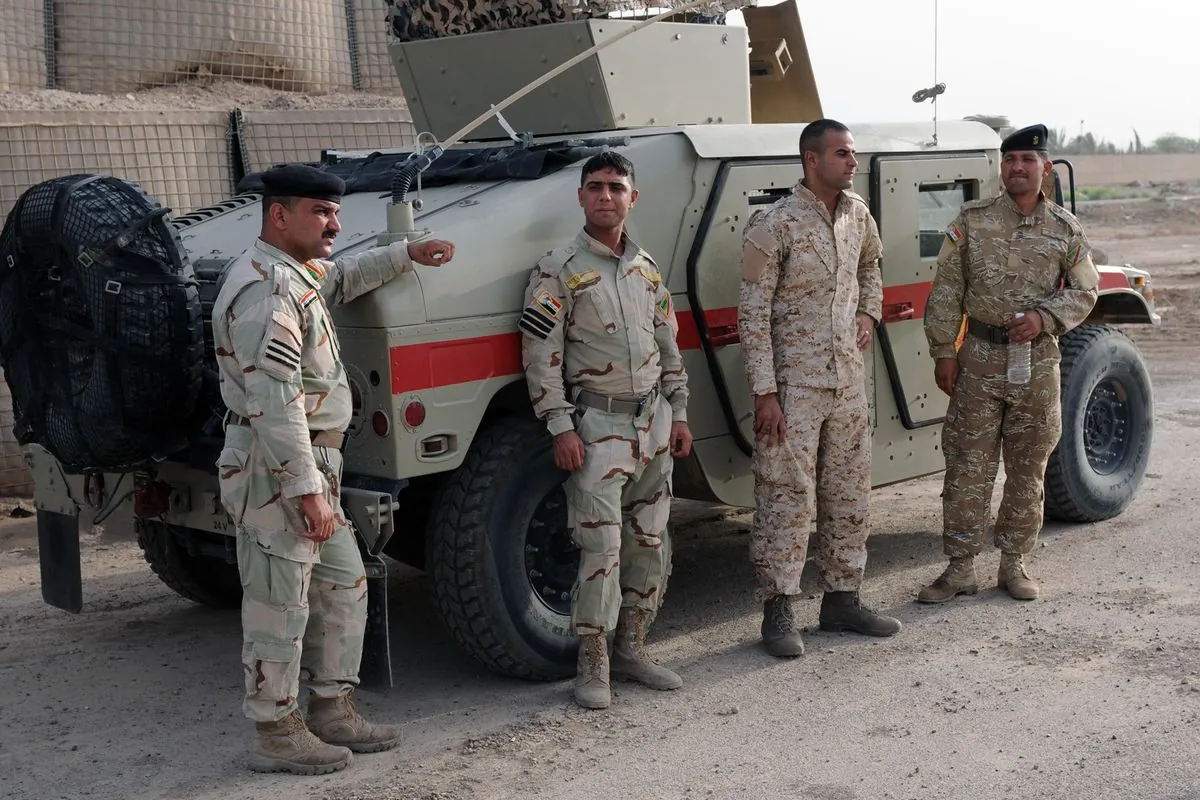Militant Groups Reassess Tech Security After Lebanon Device Attacks
Iranian-backed militants across the Middle East are reevaluating their electronic security measures following a devastating attack on Hezbollah's communication devices in Lebanon. The incident has raised concerns about vulnerabilities in supply chains.

In a significant development, Iranian-backed militant groups across the Middle East are conducting comprehensive inspections of their electronic devices. This move comes in response to a recent attack that caused communication devices used by their ally, Hezbollah, to explode in Lebanon.
The incident, which occurred approximately one year ago, resulted in the detonation of thousands of pagers and two-way radios distributed by Hezbollah. The attack, unprecedented in its scale and method, transformed everyday communication tools into weapons, causing widespread panic and numerous casualties. Lebanon's Health Ministry reported 37 fatalities and approximately 3,000 injuries over two days.
"It dealt an unprecedented blow to the group."
This event has sent shockwaves through Iran's network of armed groups in the region, including those in Syria, Iraq, Yemen, and the Palestinian territories. These organizations are now reassessing their communication strategies and supply chains.
Hezbollah, founded in 1985 in response to Israeli occupation of southern Lebanon, has long prided itself on countering Israel's technological superiority with simpler methods. However, this attack has exposed vulnerabilities in their approach.
In Iraq and the West Bank, senior militants are implementing new rules for fighters' use of personal devices. A senior commander in the Jenin Battalion, speaking anonymously, stated, "Extreme precautions will be taken, and we will keep devices away from us."

The incident has highlighted the potential risks in the supply chains of Iran-backed groups. These organizations often rely on dual-use commercially available products, making them susceptible to intelligence operations. Michael Horowitz, head of intelligence at Le Beck International, noted, "This is a vulnerability that extends beyond Hezbollah to all of Iran's proxies and Iran itself."
Hamas, another primary target of Israeli intelligence, has also faced similar challenges. In 1996, Israel assassinated Hamas chief bomb maker Yahya Ayyash by rigging his cellphone with explosives. Since 2008, Hamas's military wing has used a wired telecommunications system in Gaza for increased security.
The sophistication of this attack has raised questions about its replicability. Analysts suggest that building such capabilities takes considerable time and resources, making similar operations in other regions less likely in the immediate future.
This incident serves as a stark reminder of the evolving nature of modern conflicts, where cyber warfare and electronic intelligence play increasingly crucial roles. As militant groups scramble to adapt, the balance between technological advancement and security vulnerabilities continues to shift in this complex geopolitical landscape.


































